Developed and produced by http://www.MechanismsinMedicine.com Animation description: In this animation, we discuss the concept of physical activity and exercise as they relate to obesity. In humans there is a fine balance between energy intake and energy expenditure. Energy intake is in the form of food, and energy expenditure is in the form of the basal metabolic rate and physical activity. The difference between energy intake and energy expenditure is the net energy balance. If intake exceeds expenditure, then a net positive energy balance occurs. Energy expenditure depends on a number of factors. This includes the starting body weight, the basal metabolic rate and physical activity. With regards to physical activity, there are several key variables including the frequency, intensity, duration and type of activity done. Let us now examine energy consumption. One honey glazed donut is shown which has approximately 300 kilocalories. The energy intake from the consumed donut is equal to the energy consumed by moderate walking for 30-60 minutes, at 3.0 miles per hour. If an individual walks for an hour at 3 miles per hour. They will expend approximately 300 kilocalories, the same as what was contained in the consumed donut. If an individual walks daily for one hour at approximately 3 miles per hour. This type of activity would lead to weight loss. This assumes that the individual does not consume any extra calories and has a net negative energy expenditure. If this activity continues for a period of two to four months, body weight is reduced as depicted. The initial weight loss is the result of a negative net energy balance. The negative energy balance is because energy expenditure exceeds energy intake. After the initial weight loss, the individual continues to do the same type of exercise, that is, 1 hour of moderate walking daily. The chart depicts changes in body weight over time. Individuals are surprised and frustrated that his weight is not continuing to decrease despite regular walking. They have reached a plateau. The reason behind the weight loss pleateau is that with decreased body weight, the basal metabolic rate also decreases. When the basal metabolic rate decreases, there is a decrease in total energy expenditure. If the discouraged individual quits his daily walking exercise. The weight is gained again, at a quicker pace. The weight is re-gained as a result of a positive energy balance being created. Energy expenditure is now less since the physical activity has been stopped. By keeping the same intensity and duration of walking without making any changes in the diet (energy intake) the man would enter a weight maintenance phase. This is characterised by gaining a small amount of weight. The weight maintenance is the result of an energy balance being established within the body, where energy intake essentially equals energy expenditure. If there is no change in energy balance, there will not be any further change in weight. What must be done to end the weight loss plateau? Several options exist to maintain a negative net energy balance. These involve either decreasing energy intake or increasing energy expenditure. Options include: restricting calories further or increasing the frequency, or the intensity or the duration of the exercise. In summary then, weight loss plateau’s are expected and can only end with continued exercise and a net negative energy balance. Stopping exercise or increasing calories will lead to weight gain. If one continues to exercise to maintain a net negative energy balance weight loss will be promoted.
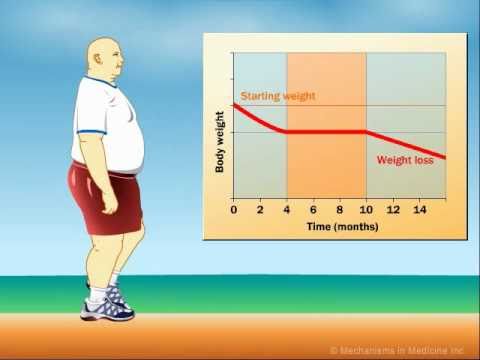
How Does Exercise Impact Weight Loss?
- Post author:
- Post published:June 2, 2021
- Post category:Uncategorized
- Post comments:0 Comments
You Might Also Like
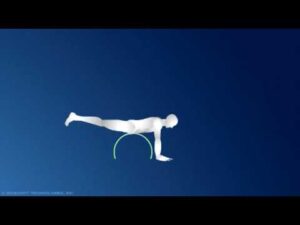
Back Exercise Swiss-Ball Reverse Hyperextension Exercise
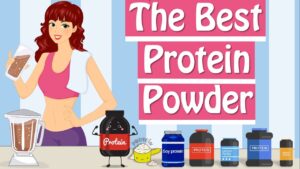
Tips For Choosing Best Protein Powder For Women
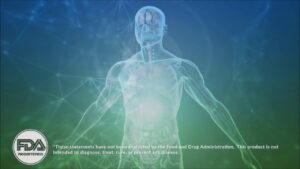
Human growth hormone bodybuilding

Diving Video – 4
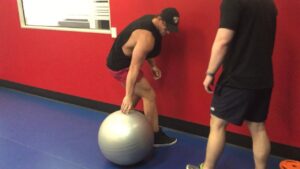
Special Population Exercise Video – 6

#Adjustment#Flexibility Motivational Cartoon video
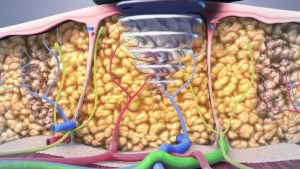
non surgical lipo animation
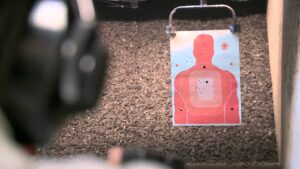
Shooting Video – 3
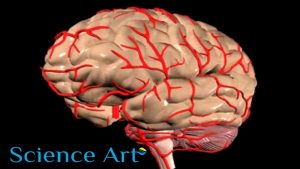
What are the Risks of Not Treating High Blood Pressure? – Hypertension Effects Animation HT Dangers
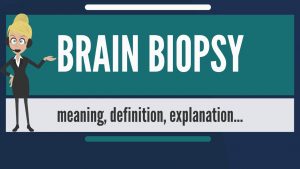
What is BRAIN BIOPSY? What does BRAIN BIOPSY mean? BRAIN BIOPSY meaning, definition & explanation

Shoulder Fitness at home Exercise – Lateral Towel Raise

Structure And Growth of Hair
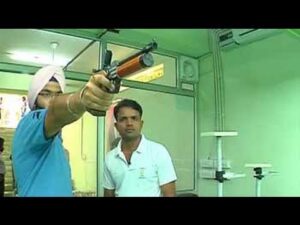
Shooting Video – 2

Total Body Reps 9 25 14

Shooting Video – 4
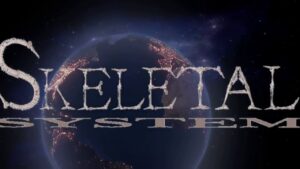
skeletal system song // thrift shop parody
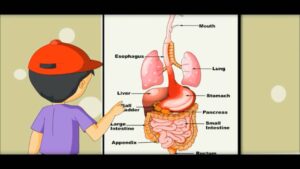
Digestive System – Learning by Picture & Chart -Kides

Diving Video – 1
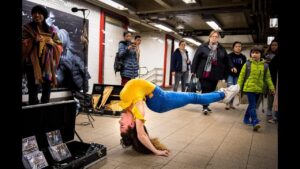
Stretching Video – 6
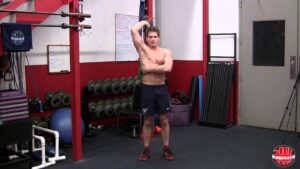
One Hand Triceps Extension-2
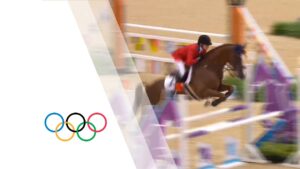
Equestrian Video – 1
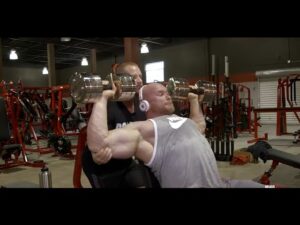
Human Body, Body Building Muscle Building Anatomy Physiology Video – 28
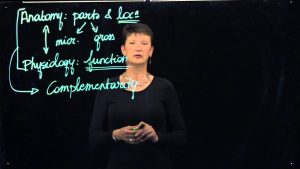
01-Intro to A & P-definitions
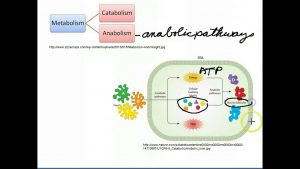
Catabolic and Anabolic Pathways
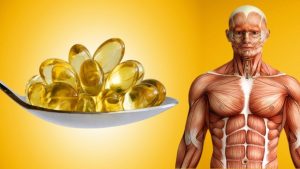
See What Happens To Your Body When You Start Taking Fish Oil Everyday
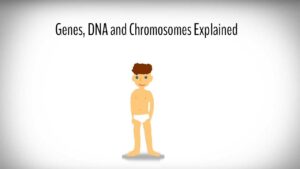
Genes, DNA and Chromosomes explained
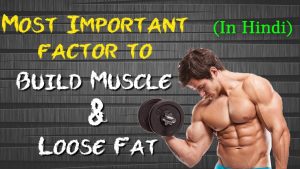
Get Lean & Muscular Fast | Improve Insulin Sensitivity | Hindi
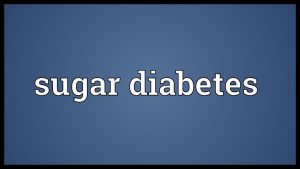
Sugar diabetes Meaning
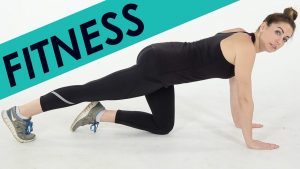
12 Exercises To Change Your Life
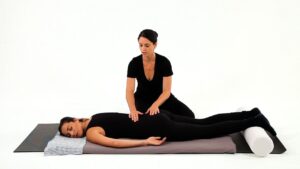
Massage Video – 5
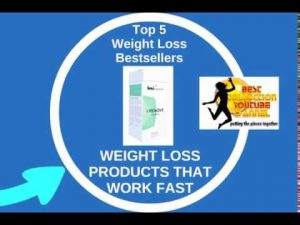
Top 5 bmiSMART I REMOVE Review Or Weight Loss Products That Work Fast 001

Nutrabolics Anabolic State
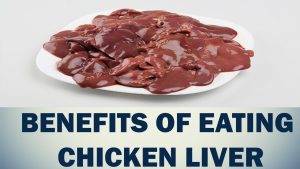
Benefits Of Eating Chicken Liver – Chicken Liver Nutritional Benefits | Liver Benefits

Antioxidant power of plant foods versus animal foods

Complete 20 Min ABS Workout – Gym Body Motivation

Male Body Types: Different Somatotypes
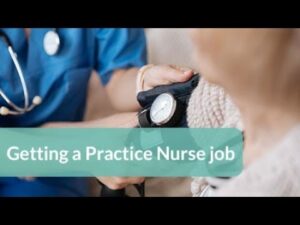
General Practice Video – 2
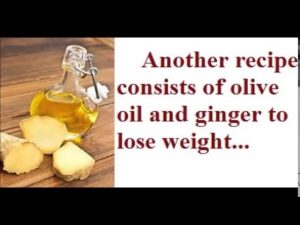
Olive Oil Recipes To Lose Weight

Nephrology Video – 3

Lunges Exercise-2

Major Muscle Groups Of The Human Body

